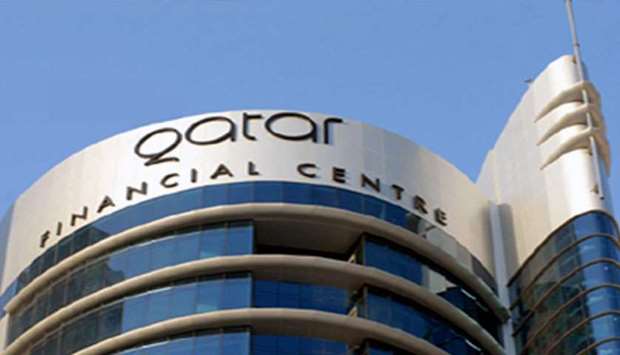The Qatar Financial Centre (QFC)-based corporate banks’ net profits saw nine-fold year-on-year jump and total assets grew 34%; and their stable deposits rose markedly in 2019, according to the country's banking regulator.
"The QFC corporate banks recorded QR241mn in profit in 2019, up from QR27mn in 2018, as credit losses were more contained in 2019 following the impact of the implementation of IFRS in 2018," said the Qatar Central Bank in its 11th Financial Stability Report.
Both return-on-equity and return-on-investment increased to 11.9% and 0.7% in 2019 compared to 4.9% and 0.1% respectively in 2018, it said.
At the end of 2019, the QFC had 11 corporate banks, two investment banks, nine investment managers, 13 advisory firms, 13 insurers and eight insurance intermediaries.
The QFC Regulatory Authority (QFCRA) authorised banks' total exposure to the local economy amounted to QR23.2bn in 2019, predominantly to the QCB's banks (62.3%). Including QR0.3bn in domestic equity holdings, the QFCRA authorised banks' total exposures constituted 51.9% of their total assets.
The QFC corporate banks represented 86.4% of the QFC banking sector with QR39.1bn in total assets; while the investment banks made up the remaining 13.6% with QR6.1bn in assets.
The QFC banking sector assets represented about 3% of the total assets of the domestic banking sector, the report said.
The QFC corporate banks' net interest income grew more than 24% year-on-year to QR354mn and non-interest earnings by 47% to QR72mn during 2019.
The QFC corporate banks' net interest margin and net interest income (in percentage terms) remained "relatively stable", the report said.
At the end of 2019, their classified loans-to-loans and advances declined to 2.5% against 4.2% in 2018 with provisions towards loans and advance also dropping 1.2% compared to 2.5%.
Although the capital adequacy ratios declined, they remained well above the regulatory requirements, it said, highlighting that total capital adequacy ratio at 32.6% with total Tier I capital adequacy ratio at 27.8%.
The QFC corporate banks' liquid assets stood at 9.5% of total assets in 2019, down from 11.1% in 2018 and similarly liquid assets to total funding ratio eased to 10% in 2019 compared to 11% in 2018.
"Notwithstanding moderation in the share of liquid assets during 2019, the share of stable deposits improved substantially," it said, highlighting that it went up to 91.2% in 2019 against 79.2% in 2018.
In compliance with the Basel Committee on Banking Supervision's reforms on liquidity risk, the QFCRA ran a quantitative study on the impact of implementing the liquidity coverage ratio and the net stable funding ratio on the QFCRA authorised banks in 2017.
Finding that the banks faced difficulties in meeting the liquidity standards; the QFCRA developed a modified proportional liquidity framework that reflects more closely the liquidity risks the banks face through their business models based on non-retail/wholesale funding.
While investment managers experienced continued profitability, the aggregate losses were driven by investment banks, which experienced credit losses and fair value losses on investments.
The operating expenses of the advisory firms remained controlled, reflected by a relatively stable staff costs to operating expenses ratio; even as they experienced losses in 2019.


